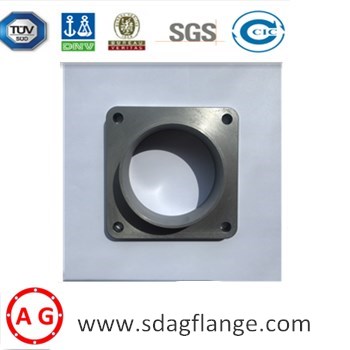

في الواقع ، اسم شفة هو نقل صوت شفة. تم اقتراحه لأول مرة من قبل رجل إنجليزي يدعى Elchart في عام 1809 ، وطريقة الصبشفةتم اقتراحه في نفس الوقت ، ولكنه لم يكن ثتستخدم بذكاءلفترة من الوقت. حتى بداية القرن العشرين ،شفةsتم استخدامها على نطاق واسع في مختلف المعدات الميكانيكية وخطوط الأنابيب.

الشفاهتسمى أيضا شفة convex disks or convex disks. For those who are engaged in mechanical or engineering installations, شفةs should be very familiar. It is a disc-shaped part and is generally used in pairs.
يتم استخدامه بشكل رئيسي لأجزاء مثل الأنابيب والصمامات والأنابيب والأنابيب والأنابيب والمعدات ، والتي ترتبط ببعضها البعض للعب دور الختم. نظرًا لوجود العديد من التطبيقات بين هذه المعدات والأنابيب ، فستكون الطائرتان متصلتان بمسامير ، وتسمى الأجزاء المتصلة بوظيفة الختمشفةs.
عموماشفة has round holes for fixing. For example, when it is used at the pipe connection, a sealing ring is added between the two شفةs, and then the bolt is used to fasten the connection. The شفةs with different pressures have Different thicknesses and different bolts are used. The main materials used for شفةs are carbon steel, stainless steel and alloy steel.
بسبب الدور الهام الذي قام بهشفةs and good overall performance, شفةs are widely used in chemical, petrochemical, fire protection and drainage industries.
الشفاه are widely used in the world as a kind of connector, which requires a unified standard. For example, pipeline شفةs now mainly have two standard systems.